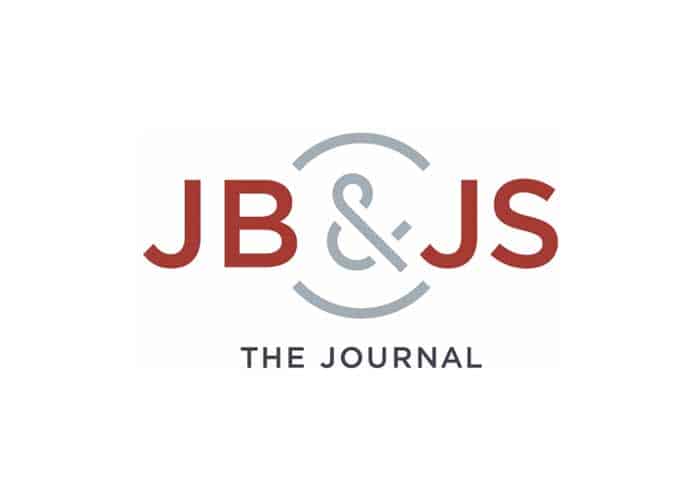
Metallosis occurs following the accumulation of metallic debris within the joint space and soft tissues surrounding a prosthesis. This deposition of foreign material results in a macrophagic cellular reaction, leading to the formation of giant cells and periprosthetic fibrosis, which can cause pain and dysfunction of the affected joint1. Extensive metallosis after arthroplasty predominantly has been described following hip replacement. It is a rare complication following shoulder arthroplasty; to our knowledge, only a small number of cases have been reported.
Despite the rarity of this complication after shoulder arthroplasty, there have been reports of metallosis following both total shoulder arthroplasty (TSA) and hemiarthroplasty when metal-on-metal contact occurs. One such instance is when a shoulder hemiarthroplasty prosthesis comes in contact with previously placed metal suture anchors within the glenoid. This can be caused by intra-articular protrusion of the metal anchor that has gone unrecognized, or following glenoid erosion, leading to contact of the humeral prosthesis with the retained glenoid implant.
We present an unusual case of bilateral shoulder metallosis after bilateral resurfacing shoulder hemiarthroplasty. Both humeral prostheses caused slow and progressive medial glenoid erosion, leading to contact with the metallic suture anchors that had remained from previous stabilization surgery. The patient was informed that data concerning the case would be submitted for publication, and he provided consent.

